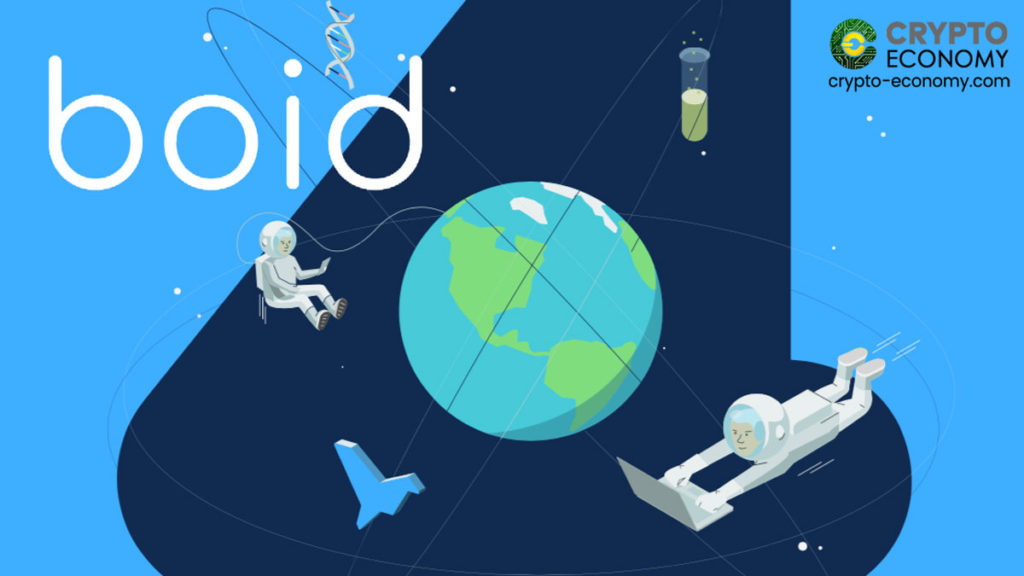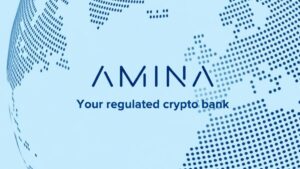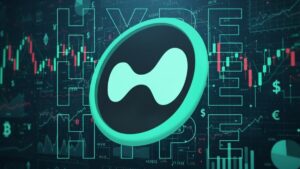Boid announced a new NFT issuance program on EOS. The team claims that their new Tesla token is the first with real utility. The auction started on October 26th and will last until November 16th to distribute the new tokens and attract users to mine the NFT.
Sharing Computer Resources to Solve Real-World Problems
The new NFT by Boid follows the mining guideline. Interested users will participate in the mining process by offering unused computer resources. According to Boid, they will “put into the solving of important computational problems ranging from things like medicine, climatology, astronomy, and machine learning.”
Boid miners will help scientific projects by offering their computer resources like CPU, GPU, and others. They compete in teams in a seasonal timeline and will receive rewards based on the competition results. According to Boid, the more processing power you give generates more BOID power, which provides you with more prizes.
NFTs are critical components of mining projects. Boid creates some of them as financial incentives to attract more miners. The new tokens by Boid are called “The Science Series”. Users can trade and collect them like any other NFT. Holding a Science NFT means some points for the miner regarding the mining rate and future rewards.

The first Science Series NFT from Boid is named after the famous scientist of the early 20th century, Nikola Tesla.
Boid introduces Tesla:
“To kick the Science Series off, we thought it only appropriate to bring in the man who potentially was so ahead of his time that even he couldn’t have imagined how uncanny much of what he dreamed of and envisioned of future science and technology would match his whimsy. We can actually credit him for the idea of wireless Internet and smartphones. Believe it or not, in 1901, he actually had the idea for a wireless way to gather information, code it in his lab, change the frequency, and broadcast it to a hand-held device — nearly exactly how our smartphones work today. Like many of his great ideas, it was never created or tested.”
If you found this article interesting, here you can find more EOS News












